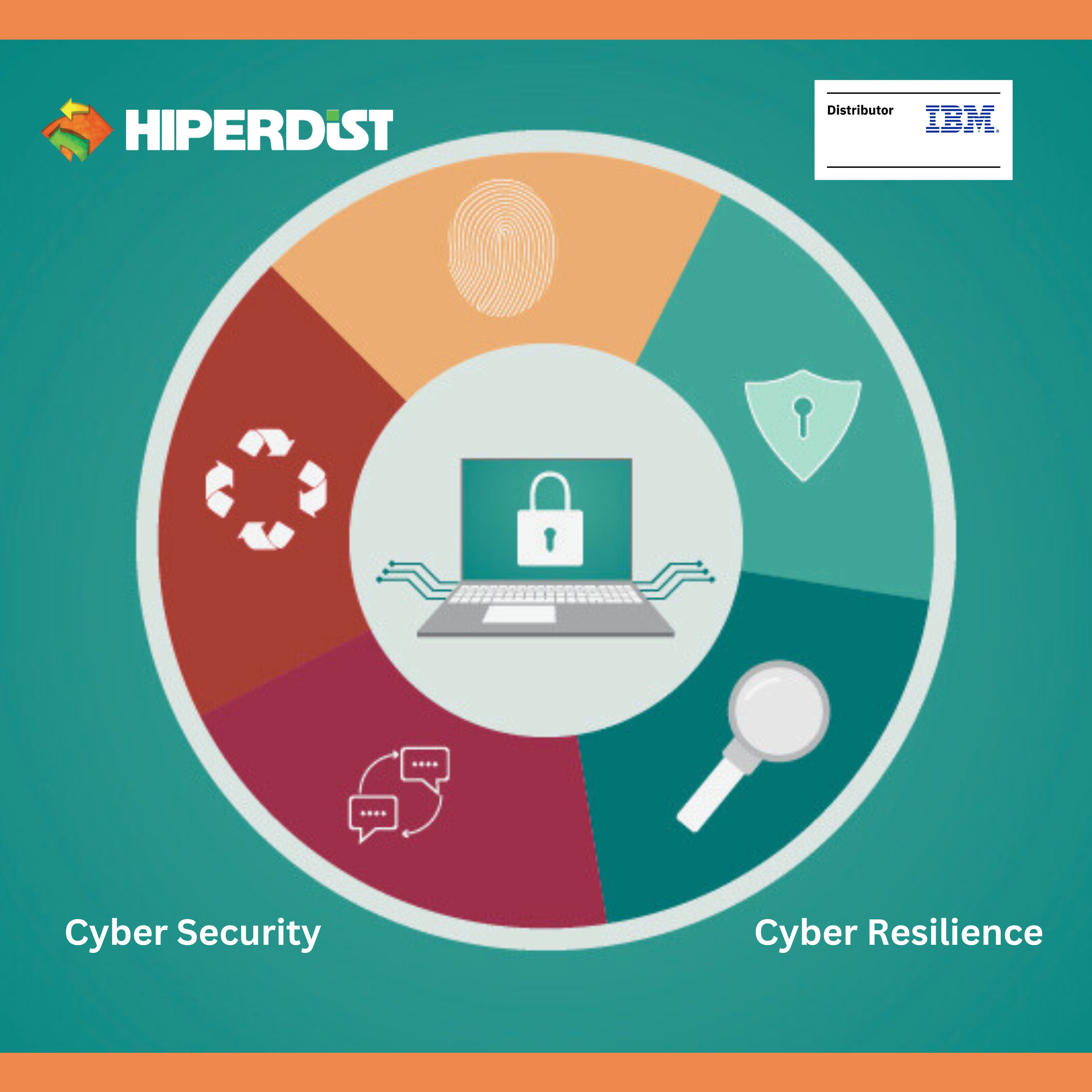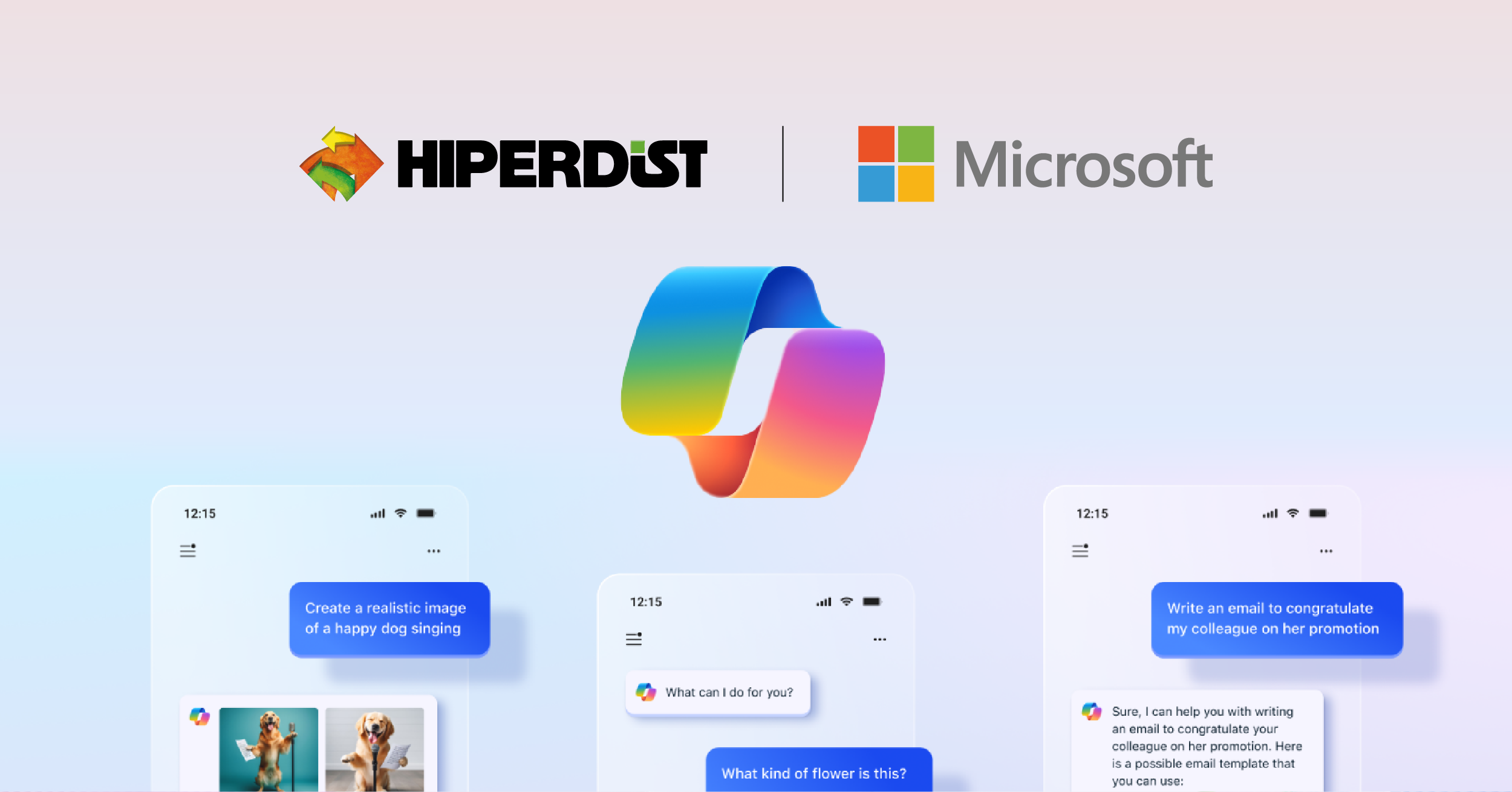Transform your business data into valuable insights
In the modern business landscape, where data reigns supreme, companies are on a continuous quest to leverage AI's transformative power. From uncovering hidden patterns to optimizing workflows and enhancing decision-making, AI offers a versatile toolkit for every step of the data journey. By understanding AI's diverse capabilities and their practical applications in various business scenarios, organizations can fully harness the potential of this game-changing technology.
Figure 1: The four general categories of generative AI use cases.
Unleashing Innovation: AI as a Catalyst for Creative Generation
AI is revolutionizing creativity and productivity by generating innovative content, code, and human-like language. For example, Oracle's Select AI empowers users to effortlessly create SQL syntax from natural language queries. Meanwhile, Natural Language Generation (NLG) enables automated report creation, personalized content like customized sales emails, and conversational AI interfaces that simplify access to complex corporate systems.
By harnessing AI's generative prowess, businesses can streamline workflows, elevate personalization, and unlock new levels of efficiency. A prime example is the integration of generative AI with Retrieval-Augmented Generation (RAG), which transforms corporate search. Instead of manually combing through endless files, employees can use natural language queries to instantly retrieve and generate precise answers, as illustrated in the following gif.
Figure 2: Optimizing search with generative AI and retrieval-augmented generation.
Oracle employees often face challenges finding information within the company's extensive internal resources, leading to increased IT tickets and HR inquiries. To address this, Oracle implemented MyOracle Search, leveraging OCI Generative AI and RAG to enable natural language search capabilities.
MyOracle Search delivers answers directly inline, grounded in references to original source materials, empowering employees to become more productive and self-sufficient. As a result, 25-30% of common IT requests are now resolved through generative AI, freeing up IT agents to focus on complex issues and reducing the burden on HR.
Distilling Insights: AI-Powered Summarization and Extraction
AI-powered summarization and extraction techniques condense vast amounts of information into easily digestible formats, highlighting key points and essential details. For instance, topic detection automatically identifies and extracts underlying themes or topics from collections of text data, facilitating tasks like document classification and trend analysis.
Extractive summarization pinpoints the most important sentences or passages within a document, creating concise summaries for quick comprehension. This is particularly valuable for lengthy or complex documents. For example, generative AI can break down complex insurance policies filled with industry jargon, extracting and summarizing key points in a more accessible manner for readers.
Figure 2: Optimizing search with generative AI and retrieval-augmented generation.
Sifting through mountains of documents is a time-consuming process prone to human error, where crucial information can be overlooked. Generative AI, however, can be trained on vast amounts of diverse data and generate accurate summaries in various languages, condensed to any desired length. This significantly reduces the time and effort required for humans to process information, ensuring critical details are not missed.
Adapting Content: AI-Powered Rephrasing and Transformation
AI-powered rephrasing and transformation tools excel at adapting content to diverse needs, including rewriting text while preserving its original meaning and converting documents into different formats.
Translation, a prime example, utilizes AI to accurately convey the meaning and nuances of text across languages, fostering communication and information exchange in diverse settings. This is vital in international business, diplomacy, and content localization efforts.
Consider the scenario of a customer service response drafted with unintended negative sentiment, potentially harming the customer experience. Generative AI can intercept this response and rephrase it, adopting a more positive, solution-oriented tone.
Human communication, while focused on facts, can inadvertently contain ambiguity, unintended tone, or errors. Generative AI, however, can transform this raw input, correcting mistakes, aligning it with corporate style guidelines, and ensuring technical accuracy. By refining the language and tone, AI-enhanced communication improves the customer experience. This also allows authors to focus on content creation, rather than spending excessive time on wording and style, leading to increased efficiency and productivity.
From Insight to Action: AI-Powered Reasoning and Decision-Making
In the "reason and act" category, AI demonstrates proficiency in inference tasks, such as answering queries and making predictions based on data. This doesn't involve human-like reasoning, but rather a systematic approach to problem detection, diagnosis, and resolution.
For example, AI-powered multi-turn conversational interfaces can tackle complex issues like supply chain disruptions through logical inferences. Additionally, root cause analysis dialogues enable AI to recommend resolution steps based on user input.
While AI can provide valuable insights and solutions, best practice currently involves human validation of AI-generated outputs before final decisions are made. This approach ensures accuracy and builds trust in AI's recommendations over time, while gradually paving the way for increased automation in the future.
Supply chain disruptions are expensive, so real-time monitoring, incorporating external data, is crucial. A conversational interface allows us to logically dissect problems and assess potential solutions, simulating a dialogue with a knowledgeable colleague. This streamlines the response to potential disruptions, enabling us to explore a wider range of solutions quickly and effectively.
Harnessing AI's Power to Revolutionize Your Business
In today's rapidly evolving digital landscape, AI is a game-changer for businesses seeking to thrive. By harnessing AI's capabilities across all stages of the data lifecycle, companies can unlock unprecedented opportunities, optimize processes, and make data-driven decisions that drive growth. Embracing AI for business transformation goes beyond simply implementing new tools; it requires a commitment to continuous learning, experimentation, and adaptability in the relentless pursuit of excellence.
Contact Hiperdist today to explore our cutting-edge storage solutions and discover how we can help you unlock the full potential of your financial data.








